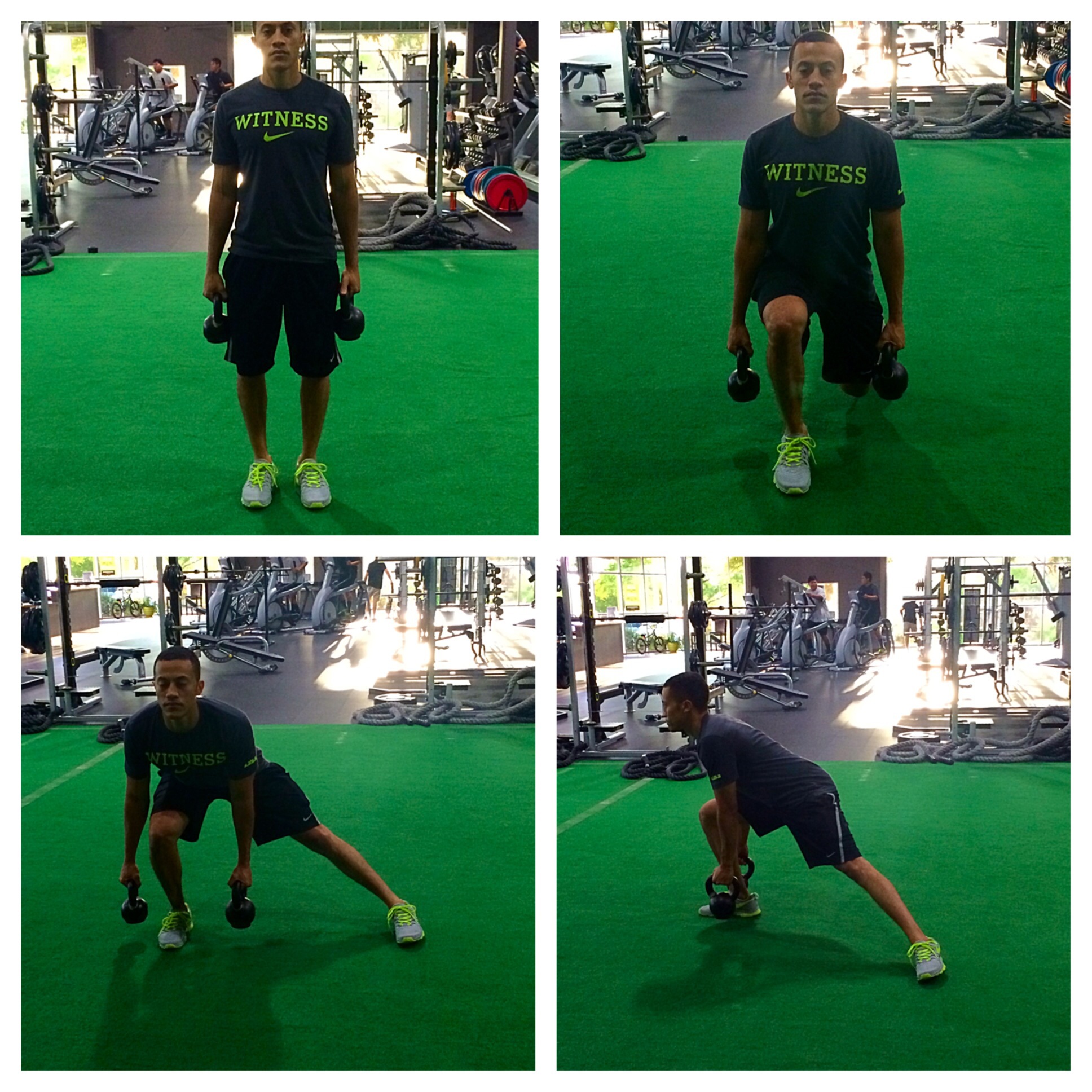
You may not be an elite athlete, body-builder or fitness show competitor but every time you step into the gym, you are in training. Whether a stay-at-home mom, the 9-to-5 desk job, the college student; each one of us plays a role in life.
And while our professions may not involve scoring game-winning points or setting squat rack records; it may involve safely picking up your baby from a crib or keeping your spine stable and linear while you sit at your desk.
It’s easy to get into a gym routine that can neglect one area of the body in favor of another – only hitting the squat rack or 30-minutes on the Elliptical machine are perfect examples. However, only performing these exercises will create imbalances in your body that can lead to structural compromises and injury.
Imagine the following scenario – yesterday you have an amazing workout; you max out on the bench press and set a new personal record on a treadmill 3-miler. The next day, you throw out your back carrying a 60-pound suitcase down the stairs.
How’s this possible? You can train ‘mirror’ muscles to look tight and toned but you’re not focusing on building your body where it is capable of doing real-life activities in real-life positions. This is what trainers and fitness professionals call ‘functional training’. The key to functional fitness is teaching all your muscles to work together rather than isolating them to work independently. To make sure you don’t miss anything, train in multiple planes of motion and complexes rather than by body part.
Take the following Lunge Matrix for example. The lunge works your legs in the three different planes of motion – sagittal (front to back), transverse (rotational) and frontal (side-to-side). By switching up the direction of the an exercise and playing with your balance, you increase your range of motion and flexibility while decreasing your chance of injury.
Lunge Matrix
Directions:
- Begin in an athletic stance with your knees slightly bent; feet hips-width apart.
- Begin progression into this exercise a forward lunge on your left leg maintaining a neutral spine position, keeping your abdominal braced and knee bent at 90-degrees.
- Return to start position.
- Lunge horizontally and lean your weight to the left to load left leg, straightening right leg
- Return to start position
- Lunge diagonally to the back left corner on your left leg, lean your weight to the left to load left leg, straightening right leg.
- Return to start position; repeat with right leg. This is one rep.
Advanced Variations:
- Hold dumbbells at your side to increase the difficulty.
- Do not allow your lunging leg to touch the ground; instead move it into all positions returning to start position with your knee bent at 90-degrees off the ground.

